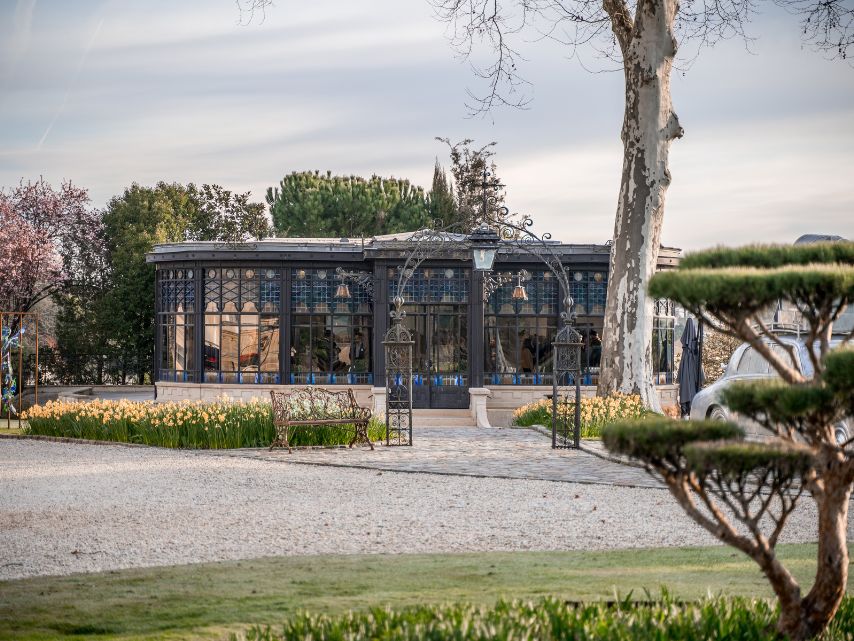Historical Roots of Château Pape Clément
This ancient vineyard site dates back to 1250 with the first harvest noted in 1252. For more than 770 years, Château Pape Clément has been producing great wines from this terroir. At that time, the vineyard was known as la Mothe and belonged to the Goth family. Madame Goth had several children, including Bertrand de Goth (born in Villandraut in 1264).
Bertrand de Goth's Involvement
Bertrand de Goth became bishop and his family offered him la Mothe vineyard. Then, in 1299, Bertrand was appointed Archbishop of Bordeaux. At this point, the vineyard was purchased by Gaillard de Got, brother of Bertrand, because as Archbishop, Bertrand was no longer able to access the property.
Transformation into Château Pape Clément
Upon his appointment as Pope in 1305 (with the support of Philip the Fair, King of France) he took the name of Pope Clément V. In 1306, a few days before the death of Gaillard de Got, Clément V was given the domain of Pessac by his dying brother. From then on, he developed a passion for vines and he never stopped getting involved in equipping, organizing and managing the estate according to the most modern and rational rules. He was notably the first to plant vines in rege (rows of trellised vines) in order to facilitate ploughing.
Pope Clément V's Contributions
After becoming Pope, he contributed considerably to the development of vine cultivation in Bordeaux and the Rhône Valley and around Avignon. It is partly thanks to him that certain wines from Châteauneuf-du-Pape, Gigondas, and Beaumes-de-Venise have been able to compete with some of the best Bordeaux wines. Clément V was also the founder of several castles, one in Roquetaillade, one in Villandraut, and one in Fargues.
Ownership Evolution
On 30 August 1306, a high fever struck down Pope Clément V. He was in Bordeaux and wanted to settle in his vineyard of la Mothe. Many letters between the King of France, Philippe le Bel, and Pope Clément V mention Pessac on the postal seal. The Pope died in 1314 and bequeathed this wine estate to the Archbishopric of Bordeaux; the Church remained the owner until the French Revolution in 1789. The revolutionaries confiscated the property until, in 1791, it was sold at auction. Since then, five private owners have succeeded one another. In 1939, the Château was purchased by the Montagne family and in the 1980s, Bernard Magrez became the owner. He is the only owner to own 4 Grands Crus classified in four different AOCs: Pape Clément in Pessac, Fombrauge in St-Emilion, La Tour Carnet in St-Laurent-Médoc and Clos Haut Peyraguey in Sauternes.











